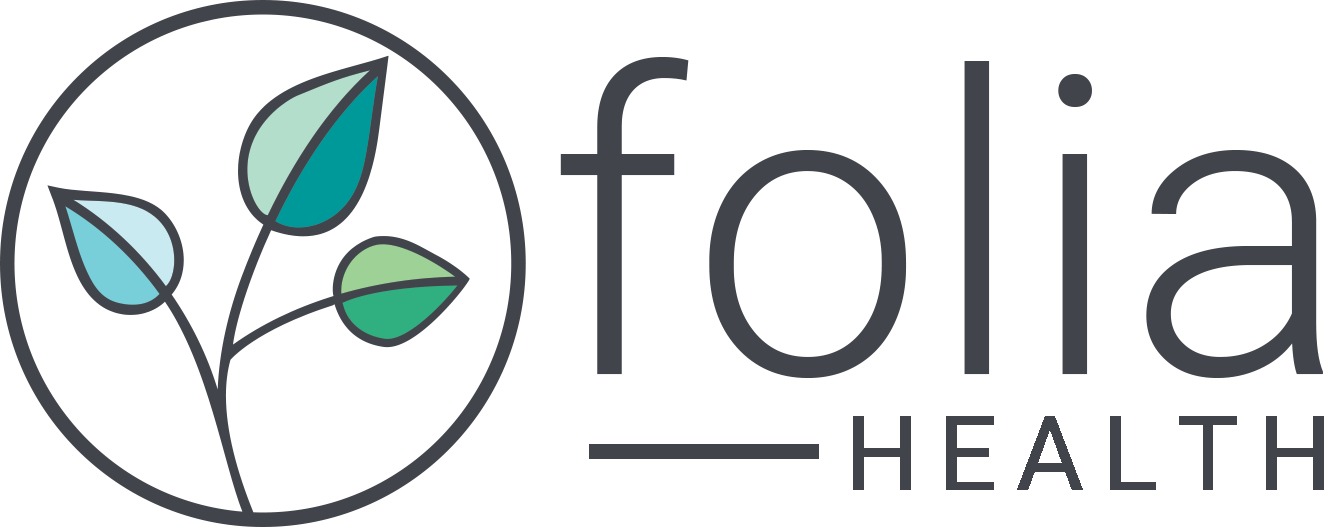What we’re missing
Medicine’s Machine-Learning Craze Is Only Useful If It’s Built on a Decent Data
For years, we’ve been hearing the same refrain about the digital transformation of healthcare. “Patient-centered care” will introduce higher quality, individualized, more palatable treatment. “Personalized medicine,” brought to life by the magic of genomics, will ensure that every patient receives the right treatment, at the right time. With “AI and machine learning,” a bot — a la Watson — will make rapid diagnoses, removing human error and excruciating guess-and-check from the diagnostic odyssey.
But have you been to the doctor recently? The digital health community has been so busy dreaming of the possibilities of a fully tech-enabled ecosystem that we’ve forgotten the basics.
We’re hiring consultants to build patient experience presentations, while neglecting to add Keurig machines to our waiting rooms. Similarly, we’re scheming to use the latest in machine learning frameworks, while forgetting to consider the quality of the data that we have to feed them.
Let’s talk about that one, for a moment. There’s no doubt that improved methods in analytics hold immense promise for phase-shift improvement in the quality of care. But these new technologies require high-quality data food to work correctly. This data food must provide a good level of detail on how different types of patients respond to treatments, and how the outcomes that they experience manifest over time.
Right now, we’re dependent on incomplete and skewed datasets that focus on a small portion of the patient’s overall experience of his condition and the impact of treatment. Simply put, we don’t yet have the data that we need to realize the potential of advanced analytics in healthcare.
Consider a patient with a complex condition, who visits his care team 5–10 days per year. Most of the information that we have on whether his treatment plan is effective is based on those clinical encounters, 15-minute interactions in which clinicians drive the conversation. If the patient is confident, or has an activist caregiver, his observations may also be shared, but generally in an anecdotal way — “I’ve also been noticing this…” As a result, relevant details are often left undiscussed, and unrecorded.
Here’s a rudimentary graphic to describe the outcomes information that we collect right now, for a typical chronic disease patient, over one year. Most of our outcomes data is collected when the patient is in front of a clinician. Depending on the condition, a chronic disease patient is seen about 5–15 days out of the whole year (orange circles). We’re missing out on ~350 days per year (grey dotted line) of health observations.
Even the device-measured data that we collect at the appointment is likely to be skewed — the patient is often at the clinic because something different from the usual is going on, so what’s observed on that day is unlikely to be representative of what “usual” is.
For these reasons, and many more, the information that we collect at the point-of-care — clinical and claims data — is insufficient to truly understand the outcomes that patients are experiencing in their daily lives, and so is pretty poor-quality data food for our machines.
Meanwhile, patients and their family members spend every day living with the outcomes of treatment. They’re observing changes in themselves and their loved ones, but don’t have a good method to track what they’re seeing. At best, some will quickly jot down notes of their children’s fatigue, or keep logs of a parent’s forgetfulness. Some are tracking their own symptoms, behaviors, moods, side-effects, and questions about treatment in binders, home-grown Excel sheets, and notes on their phones, lost forever to the millions of accumulating records that no one will ever read.
We need to organize these observations — these home-reported outcomes — to harness the power of the lived experience of complex disease. We need to enable individual people to capture what they see, for the advancement of precise and high-quality care — for themselves, and for their communities.
At Folia, we’re already laying the groundwork. We’ve spent the past two years working with the cystic fibrosis community to build a system to collect and translate the most important things that patients and caregivers notice each day, and many have already used their datasets to drive treatment changes. For many of our patients, ours is the most comprehensive set of information on the outcomes they’ve experienced that has ever been collected.
Together with growing datasets from genetic sequencing and passive tracking, home-reported outcomes are the food that we need to feed the machine-learning beast — and step into the future of healthcare.

